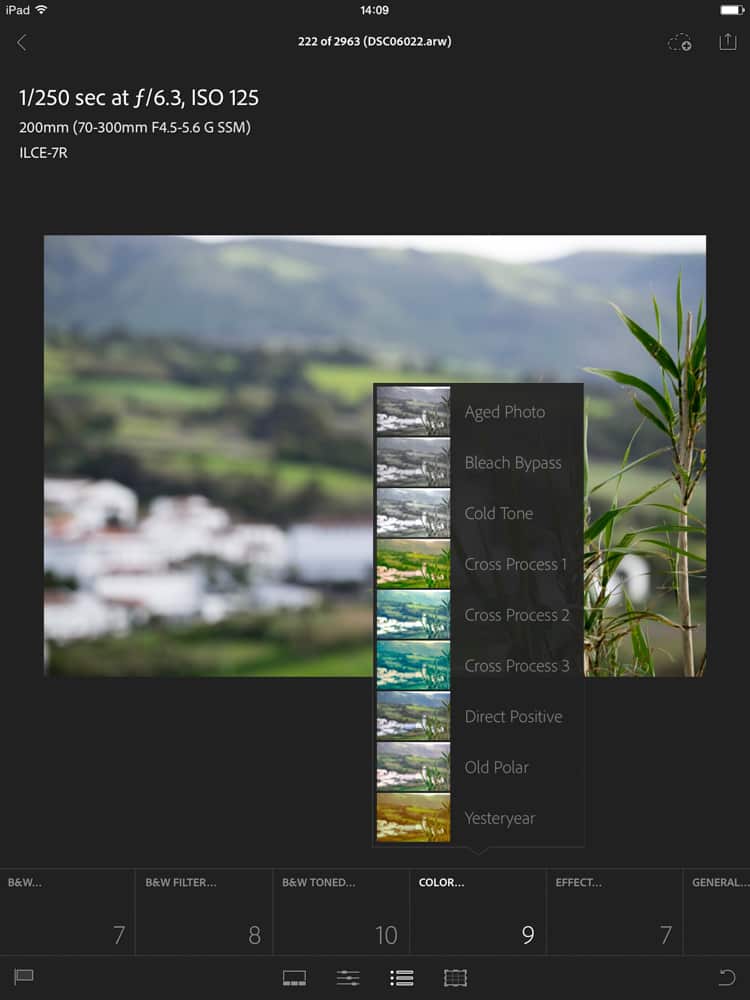Elevating Fashion Photography: Striking Compositions and Innovative Techniques
In the world of fashion photography, it’s all about standing out and making a statement. With so many talented photographers vying for attention, it’s crucial to be innovative and develop a unique style to set yourself apart. In this comprehensive guide, we’ll explore some striking compositions and innovative techniques that can elevate your fashion photography to the next level. Mastering these concepts will help you create visually compelling images that will leave a lasting impression on your audience.
Table of Contents:
- Mastering Composition in Fashion Photography
- Innovative Lighting Techniques
- Capturing Movement and Fluidity
- Creative Use of Location and Environment
- Incorporating a Strong Narrative
- Post-production Techniques to Enhance Visual Impact
- Experimenting with Different Genres and Styles
1. Mastering Composition in Fashion Photography
1.1 The Rule of Thirds
The Rule of Thirds is a basic compositional principle that can be applied to any type of photography. By dividing your frame into thirds, both vertically and horizontally, you create a grid with four intersecting points. Placing your subject or important elements of the scene at these intersections can create a balanced and visually interesting shot.
1.2 Symmetry and Balance
Using symmetry and balance in your compositions adds a sense of harmony to your images. This can be achieved by placing your subject at the center of the frame or by using elements in the environment, such as leading lines, patterns, or repeating shapes, to create a sense of symmetry or balance.
1.3 Framing Your Subject
Framing is a technique where you use elements within the scene, such as windows, doorways, or arches, to create a border around your subject. This helps to draw attention to the subject while also adding depth and context to the image.
2. Innovative Lighting Techniques
2.1 Natural Light
Natural light is often overlooked in fashion photography, but it can create stunning effects when used creatively. Experiment with different times of day, such as golden hour or blue hour, to capture unique moods and enhance the overall atmosphere of your images.
2.2 Controlled Light
Using controlled light sources, such as studio lights or flash modifiers, allows you to create specific lighting effects and moods. Some common techniques include high-key lighting for a bright and clean look, low-key lighting for a dramatic and moody atmosphere, and Rembrandt lighting for creating depth and dimension in your images.
3. Capturing Movement and Fluidity
3.1 Long Exposure
Using a long exposure in fashion photography can provide a unique sense of movement and fluidity. This technique involves keeping the camera’s shutter open for a longer period of time, allowing the movement in the scene to be recorded as a blur. This can be used to create a sense of motion and energy in your images and can be particularly effective when photographing flowing garments or accessories.
3.2 Action Shots
Another way to capture movement and fluidity is by taking action shots of your subjects. This can be achieved by using a fast shutter speed to freeze the action, creating a sense of energy and excitement in your images.
4. Creative Use of Location and Environment
4.1 Urban and Industrial Settings
Urban and industrial environments can provide an interesting contrast to the elegance and sophistication of fashion. Incorporating graffiti, concrete structures, or abandoned buildings into your compositions can add an edgy and modern vibe to your images.
4.2 Nature and Outdoor Locations
Natural and outdoor locations can provide a beautiful and serene backdrop for your fashion images. Experimenting with different landscapes, such as forests, beaches, or deserts can add diversity and visual interest to your portfolio.
5. Incorporating a Strong Narrative
5.1 Developing Story Concepts
One way to make your fashion photography stand out is by incorporating a strong narrative in your images. This can be achieved by developing a story concept and using elements such as wardrobe, makeup, props, and location to help convey that story in your images.
5.2 Model Interaction and Expression
A key aspect of storytelling in fashion photography is how your model interacts with the environment and the camera. Encourage your model to convey a variety of expressions and emotions in order to help bring your story concept to life.
6. Post-production Techniques to Enhance Visual Impact
6.1 Retouching and Editing
Effective retouching and editing in post-production can greatly enhance the visual impact of your images. This includes techniques such as color correction, contrast adjustment, skin retouching, and image manipulation.
6.2 Composite Images
Creating composite images allows you to combine multiple images to create a single, cohesive piece. This technique can be used to add visual interest and create a surreal and imaginative final image.
7. Experimenting with Different Genres and Styles
Finally, don’t be afraid to experiment with different genres and styles in your fashion photography. This could include incorporating aspects of street photography, fine art photography, or even abstract photography into your work. By pushing the boundaries and constantly challenging yourself, you’ll be able to develop a unique and personal style that sets you apart in the world of fashion photography.
In conclusion, elevating your fashion photography requires innovation, experimentation, and a keen eye for detail. By mastering composition, lighting, movement, storytelling, and post-production techniques, you’ll be well on your way to creating breathtaking images that will captivate your audience and set your work apart from the competition.



